
No-Snag Fishing Rigs Guide to Fishing in Heavy Structure
🏄♂️ Cast Further & Catch More with These Must-Haves
✅ Casting Trigger – Protect fingers & cast further
✅ Bait Shields – Perfect for long surf casts stops windmill baits
✅ Beak Hooks – Sharp as for better hook ups
🎯 Order Now & Fish Smarter Tomorrow!
Fishing in snag-prone areas like rocky reefs, submerged timber, and thick weed beds can be frustrating, but using the right no-snag rig can make all the difference. Whether you're targeting snapper, bream, flathead, or bass, mastering these rigs will help you fish structure confidently, reduce tackle loss, and land more fish.
In this guide, we’ll cover the best no-snag fishing rigs, including:
✅ Paternoster Rigs for rocky bottoms
✅ Drop Shot Rigs for grass and weed beds (fresh & saltwater)
✅ Sliding Ball Sinker Rigs for surf & rock fishing
✅ Weedless Soft Plastics for structure fishing
Let’s dive in! 🎣
🎯 Why Use No-Snag Rigs?
Fishing in rocky terrain, heavy cover, and dense weed beds can lead to constant snags and lost tackle. But no-snag rigs allow you to:
✅ Fish closer to cover where the big fish hide
✅ Reduce the frustration of getting stuck and losing gear
✅ Target fish that other anglers avoid due to snags
💡 Pro Tip: No-snag rigs are not just about avoiding snags—they let you fish in the best locations where fish naturally hold!
🔥 Best No-Snag Rigs for Tough Conditions
1. Paternoster Rig with Lead Sheet Strips – Best for Rocky Bottoms
🛍️ Shop Paternoster Rigs & Accessories
The paternoster rig is a classic bottom-fishing setup, but traditional sinkers can easily get lodged in rocks. Using lead sheet strips reduces snags and keeps your bait suspended just above the structure where fish feed.
🔹 Why It Works:
✔️ Lead sheet strips slide over rocks, unlike bulky sinkers.
✔️ If snagged, the lead can break away, saving your rig and fish.
✔️ Keeps your bait in the strike zone without constant hang-ups.
💡 Best for: Rocky reefs & bottom-dwelling species like snapper & coral trout.
🔧 How to Rig It:
- Cut a lead sheet strip to your preferred weight.
- Roll or fold it and attach it to the bottom of your paternoster rig.
- If a fish pulls into a snag, the lead can slip free, reducing tackle loss.
2. Drop Shot Rig – Best for Grass & Weed Beds (Fresh & Saltwater)
🛍️ Shop Drop Shot Rigs & Accessories
The drop shot rig is one of the best no-snag rigs for fishing in weedy, grassy, and structured areas. Unlike other rigs, the hook sits above the weight, keeping your bait just above the weeds, where predatory fish like to hunt.
🔹 Why It Works:
✔️ Hook stays suspended above the weed bed, preventing snags.
✔️ Natural bait presentation mimics live prey.
✔️ Works in both freshwater & saltwater for species like bream, bass, and whiting.
💡 Best for: Fishing over weed beds in estuaries, lakes, and freshwater rivers.
🔧 How to Rig It:
- Tie a drop shot hook to the line, leaving 30-60cm of tag end.
- Attach a drop shot weight to the bottom of the tag end.
- Use live bait, soft plastics, or worms to target fish in the weedy strike zone.
💡 Pro Tip: Use a lighter weight in calm conditions and a heavier weight in strong currents to keep your bait in place.
3. Sliding Ball Sinker Rig – Simple & Effective for Rocky Terrain
The sliding ball sinker rig is one of the easiest no-snag rigs for rocky fishing. It allows the sinker to move around rock snags protecting it from getting stuck in cracks and crevices.
🔹 Why It Works:
✔️ Sinker shields the hook minimizing snagging.
✔️ Simple setup reduces tackle loss.
✔️ Allows bait to stay close to the bottom, perfect for drummer, wrasse, and bream.
💡 Best for: Fishing in rough surf, rocks, and strong currents.
🔧 How to Rig It:
- Thread a #2 ball sinker onto your main line.
- Add a small bead to protect your knot.
- Tie on a #2 beak hook, perfect for drummer & rock species.
4. Weedless Soft Plastics – Perfect for Structure & Cover Fishing
Weedless soft plastics are designed to fish directly in heavy cover, where traditional rigs would get stuck.
🔹 Why It Works:
✔️ Hook is hidden inside the soft plastic, preventing snags.
✔️ Can be used directly in structure where bream, flathead, and bass hide.
✔️ Mimics natural prey while staying weed-free.
💡 Best for: Fishing in submerged logs, oyster racks, and thick grass beds.
🔧 How to Rig It:
- Use a wide-gap worm hook.
- Insert the hook through the nose of the soft plastic and tuck the tip inside the lure’s body.
- Fish with slow twitches to mimic a wounded baitfish.
🚀 Pro Rigging Tips for No-Snag Success
🎯 1. Slow & Steady Retrieval
🔹 Why It Works: A slow retrieve gives you better control and lets you feel the structure before you snag.
🔹 How to Do It: Let the rig sink, then slowly lift your rod tip while retrieving.
🎯 2. Keep the Rod Tip High
🔹 Why It Works: Lifting your rod tip helps avoid snags by guiding the rig over rocks and weed beds.
🔹 How to Do It: Maintain a high rod angle, keeping the line off the bottom.
🎯 3. Use a Twitching Motion
🔹 Why It Works: Mimics injured bait, making it more natural and enticing to fish.
🔹 How to Do It: Add quick flicks of the wrist to create a darting action.
📍 Where to Use No-Snag Rigs
| Fishing Spot | Best No-Snag Rig | Target Fish |
|---|---|---|
| Rocky Reefs | Paternoster Rig | Snapper, Coral Trout, Bream |
| Weed Beds & Seagrass | Drop Shot Rig | Bream, Bass, Whiting |
| Surf & Rocks | Sliding Ball Sinker Rig | Drummer, Wrasse, Bream |
| Submerged Timber | Weedless Soft Plastics | Flathead, Bass, Bream |
🛒 Upgrade Your No-Snag Fishing Gear Today!
🎣 Get the best no-snag rigs, sinkers, and accessories at ReproBaits!
🔥 Avoid snags & catch more fish today! 🎣
🏄♂️ Cast Further & Catch More with These Must-Haves
✅ Casting Trigger – Protect fingers & cast further
✅ Bait Shields – Perfect for long surf casts stops windmill baits
✅ Beak Hooks – Sharp as for better hook ups
🎯 Order Now & Fish Smarter Tomorrow!
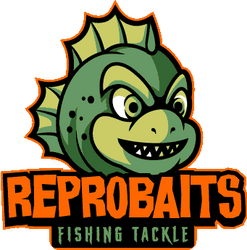
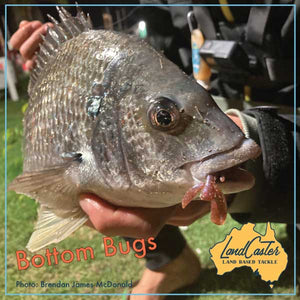
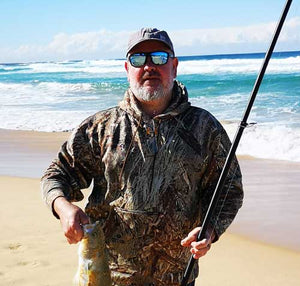
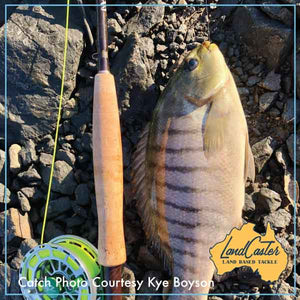
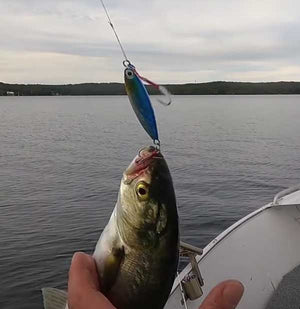
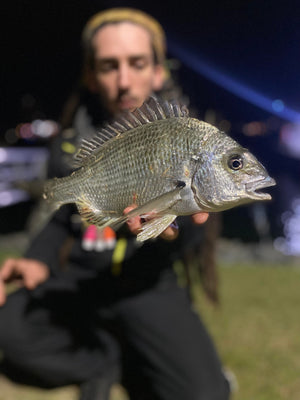
Leave a comment